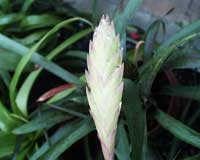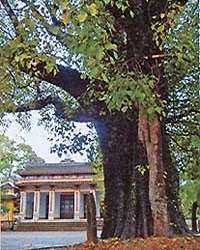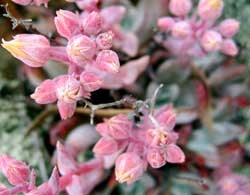If one day you suddenly see a mushroom glowing in the night, don’t think you’re hallucinating, because it’s real!
According to scientists, there are about 85,000 species of mushrooms existing in nature, but only 65 of these are believed to exhibit bioluminescence.
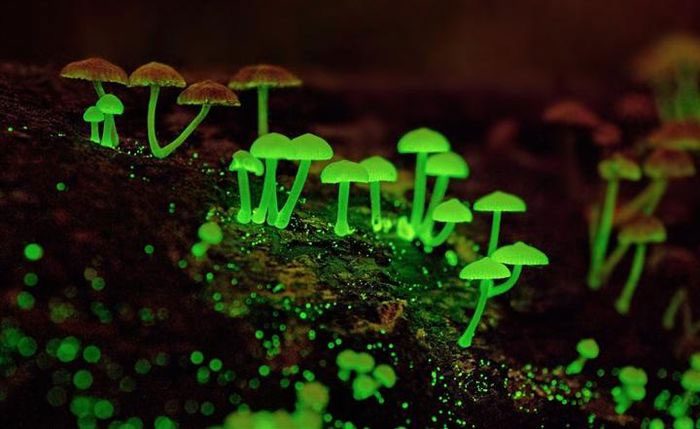
There are about 65 species of mushrooms that can glow in nature. (Photo: Rest Search in Japan)
The glow-in-the-dark effect is the result of a chemical reaction between the luminescent pigment luciferin and the enzyme luciferase. This reaction can also occur in some animal species such as jellyfish, squid, and scorpions.
Honey mushrooms, scientifically known as Armillaria mellea, are the most common bioluminescent mushrooms and are found in forests across North America and Asia. In contrast, the mushroom Mycena luxaeterna is only found in Brazil.
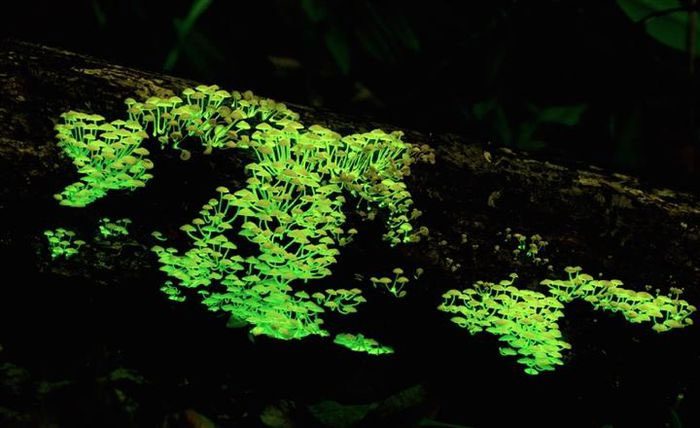
Some species of mushrooms glow to attract predators. (Photo: Rest Search in Japan)
Some bioluminescent mushrooms glow to attract nocturnal animals that help disperse their spores. This is particularly beneficial in dense forests where wind cannot effectively aid in spore dispersal. Other species glow to attract insects that feed on the mushrooms, a strategy that makes them friends with their predators. There are also species that glow for reasons that remain unexplained and are currently being studied by scientists.
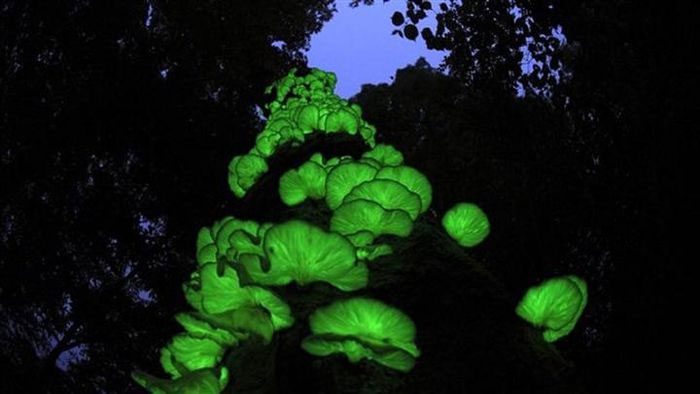
In Vietnam, bioluminescent mushrooms can be found in many regions across the country. (Photo: Twitter)
In Vietnam, bioluminescent mushrooms have been mentioned for a long time. These mushrooms can be found in many regions throughout the country and typically appear during the rainy months, emitting a strong light. In 2002, surveys of cashew and rubber plantations in Southeast Vietnam led scientists to collect many strains of bioluminescent mushrooms. A relatively common strain that has been successfully cultivated is scientifically named Omphalotus af. illudent.
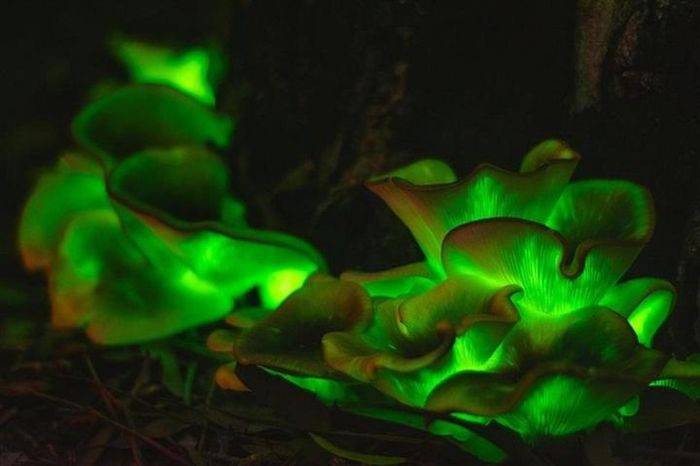
Mushrooms appear often during the rainy months and emit a strong light.
The continuous luminescence and much stronger intensity compared to other bioluminescent organisms is a notable advantage of bioluminescent mushrooms. Numerous scientific studies aim to apply bioluminescent mushrooms in determining ecological toxicity in the environment or detecting areas contaminated with heavy metals (such as mercury) at concentrations too low to be detected by conventional methods. Bioluminescent mushrooms serve as biological sensors. Additionally, these mushrooms are also used in gene transfer to create desired luminescent organisms.
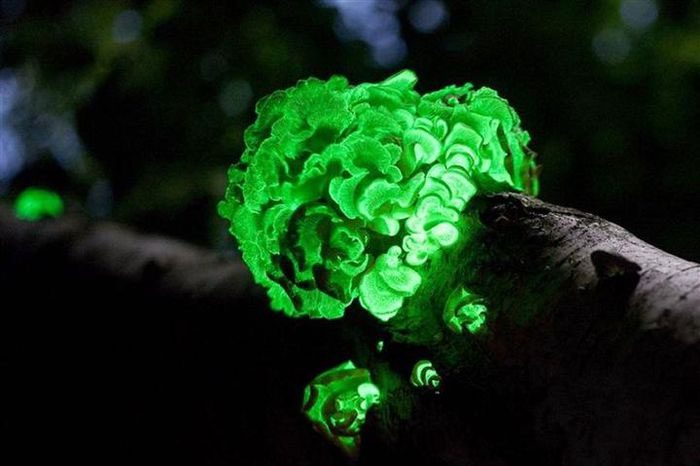
Bioluminescent mushrooms are of interest, partly related to medicine, especially in the field of cancer.
Recent research results worldwide show that bioluminescent mushrooms are gaining attention not only for their luminescent properties but also for their relevance to medicine, particularly in cancer research. Their metabolic products exhibit high biological activity in antifungal, antibacterial, and antiviral properties, especially in inhibiting the division of cancer cells. Therefore, bioluminescent mushrooms are currently being researched and cultivated as medicinal mushrooms.








































